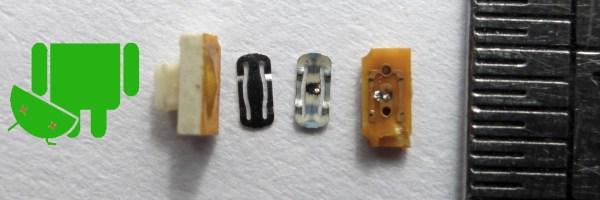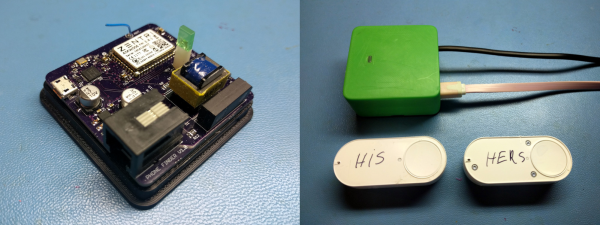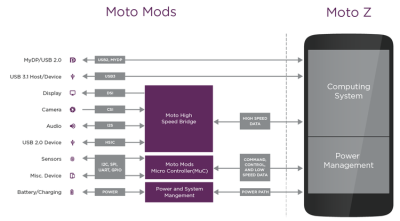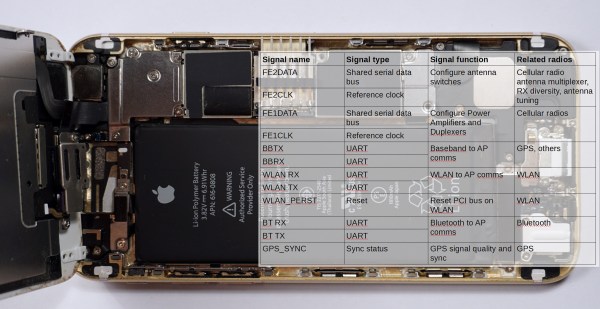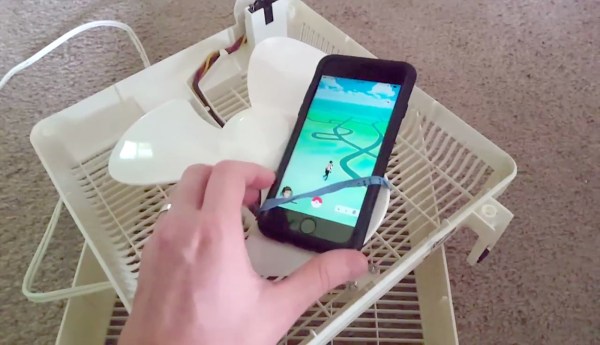An IMSI catcher is an illicit mobile phone base station designed to intercept the traffic from nearby mobile phones by persuading them to connect to it rather than the real phone company tower. The IMSI in the name stands for International Mobile Subscriber Identity, a unique global identifier that all mobile phones have. IMSI catchers are typically used by government agencies to detect and track people at particular locations, and are thus the subject of some controversy.
As is so often the case when a piece of surveillance technology is used in a controversial manner there is a counter-effort against it. The IMSI catchers have spawned the subject of this post, an IMSI catcher detector app for Android. It’s a work-in-progress at the moment with code posted in its GitHub repository, but it is still an interesting look into this rather shadowy world.
How them you might ask, does this app hope to detect the fake base stations? In the first case, it will check the identity of the station it is connected to against a database of known cell towers. Then it will try to identify any unusual behaviour from the base station by analysing its traffic and signal strength. Finally it will endeavour to spot anomalies in the implementation of the cell phone protocols that might differentiate the fake from the real tower.
They have made some progress but stress that the app is in alpha stage at the moment, and needs a lot more work. They’re thus inviting Android developers to join the project. Still, working on projects is what the Hackaday Prize is all about.







 Enter the
Enter the 